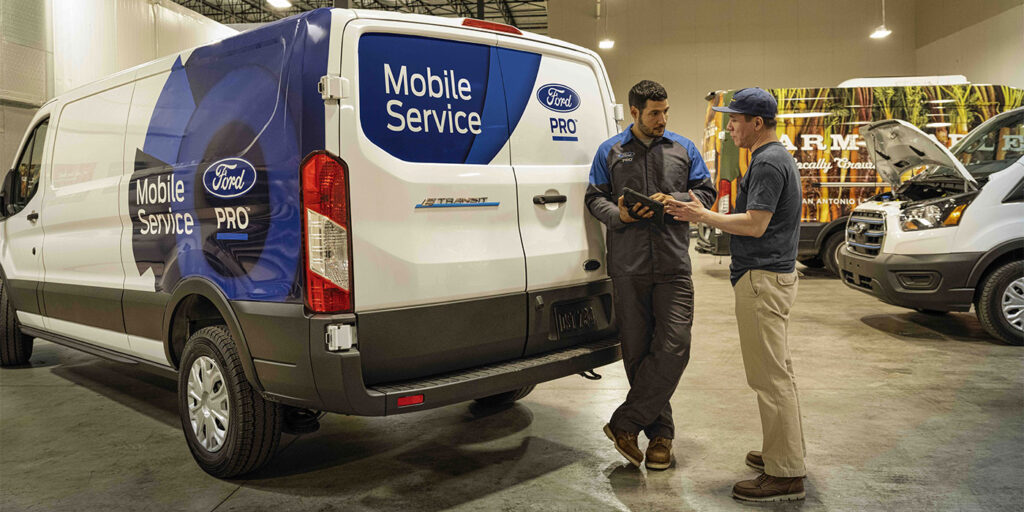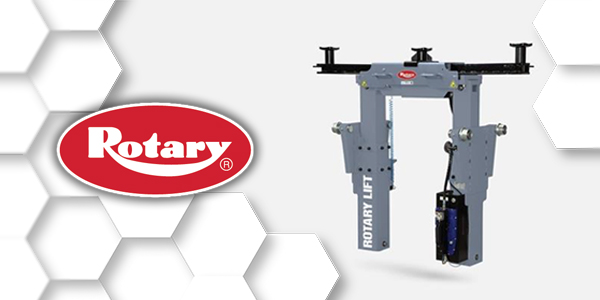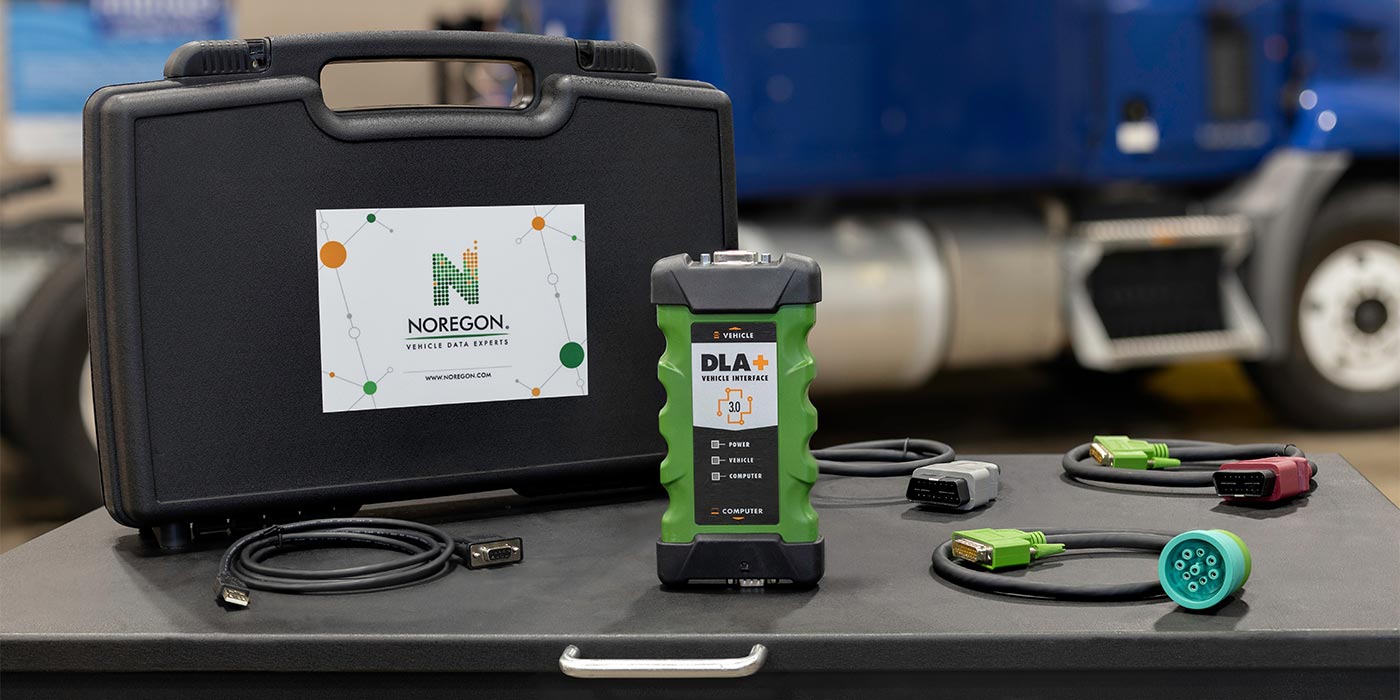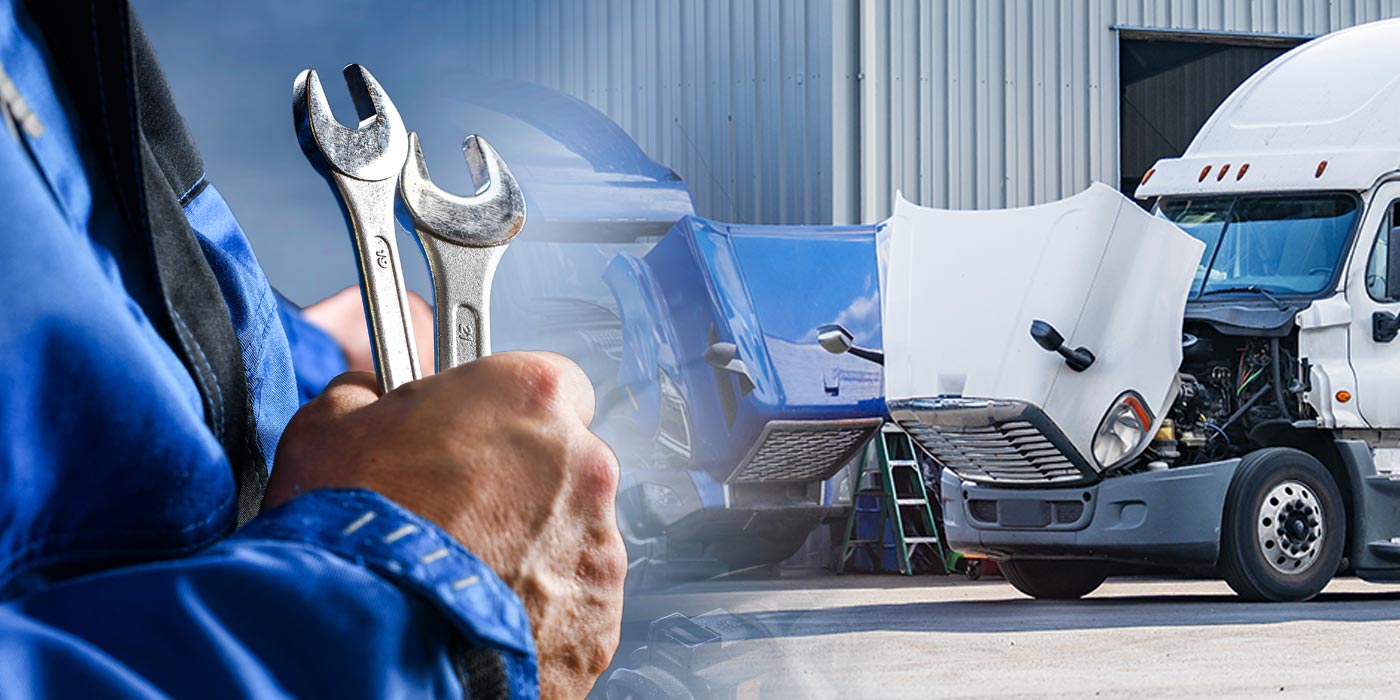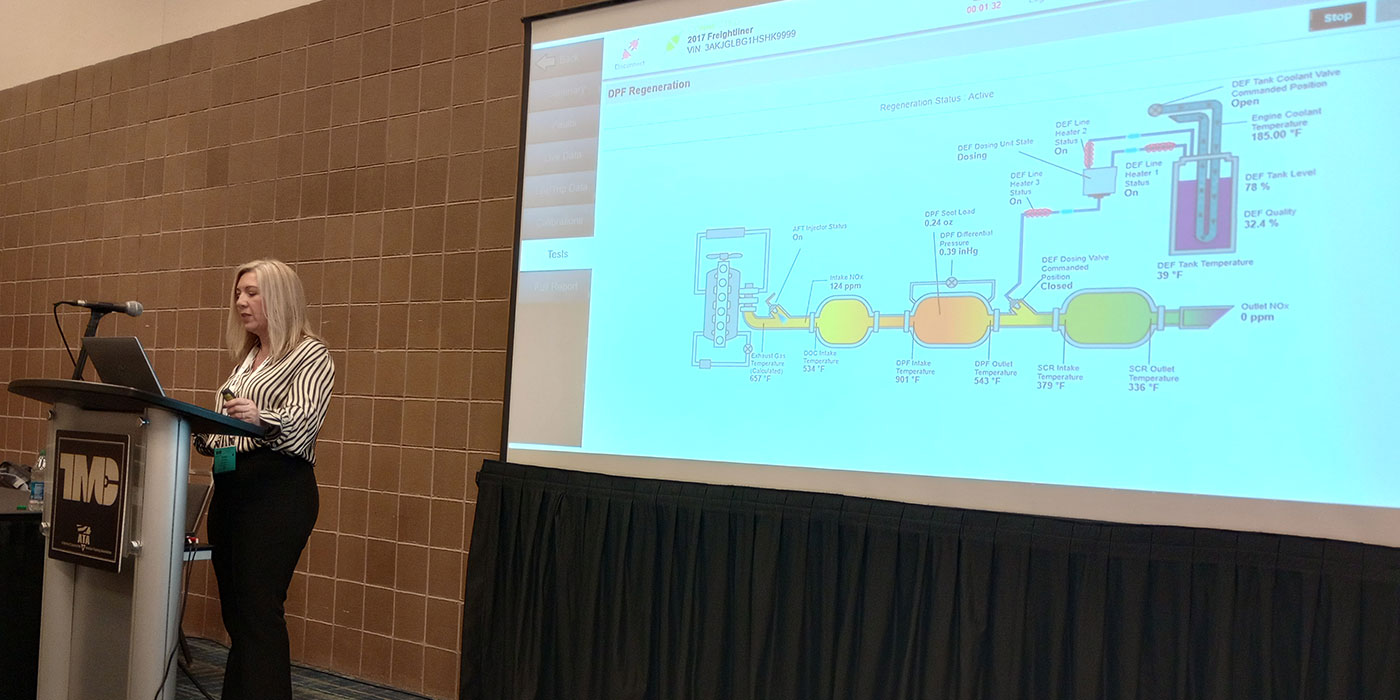The widespread and steady growth of last mile operations has brought with it new and unique maintenance challenges for fleets operating light- and medium-duty delivery vehicles. One of the main issues, according to Grant Hilliard, client development manager for Utilimaster (a Shyft Group brand), is the limited access to vehicles due to the long hours of a standard last mile duty cycle.
“With long duty cycles, preventive maintenance and repairs often need to be done outside of delivery hours, with vehicle access only possible on site overnight,” Hilliard said. “By completing maintenance and repairs at the delivery station, vehicle downtime can be reduced, but because of the significant cost of downtime it is important to build a maintenance program focused on avoiding major issues that would ground a vehicle long term.”
Brian Tabel, executive director of marketing at Isuzu Commercial Truck of America, Inc., noted that it is important to consider that last mile delivery vehicles may not drive long distances each day and to plan service accordingly.
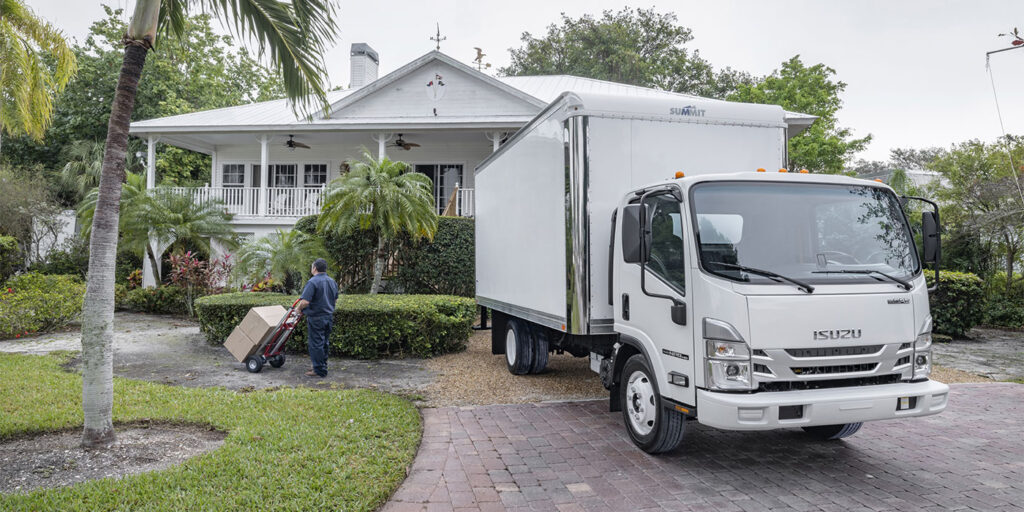
“Don’t neglect maintenance that is needed for stop and go driving along with possible long idle times,” Tabel related. “It’s important to look at the time the vehicle is being used along with the mileage. Typical items to keep an eye on would be brakes, tires, fluid levels, lift gates and mirrors, among others. Daily inspection forms are also important for checking the vehicle each day.”
A best practice to follow, related Grant Hilliard, is to capture and analyze data around parts usage, failure rates and the age of the fleet to forecast and plan for parts that will likely be needed to keep vehicles on the road.

“Depending on the vehicle type, there are also different approaches to training the service network,” Hilliard also said. “With purpose-built last-mile delivery vehicles, it is likely that many service providers have not had much exposure to the equipment. In that respect, dedicated service bulletins to accompany new vehicle launches is a good starting point.
“Continued collaboration between the manufacturer, body builder, upfitter and the service network is also critical,” Hilliard added. “That’s a good way to find solutions that require less maintenance and can withstand the demands of last mile delivery operations.”
Recognizing that uptime is the number one priority for fleets means properly maintaining vehicles, noted Joe Ryan, Ford Pro strategy integration manager – FCSD. “Several solutions can help take the hassle out of fleet maintenance,” he said, “starting with giving fleet managers the information they need to proactively manage vehicle maintenance. Customers can also find recommended maintenance schedules for any of their vehicles online.”
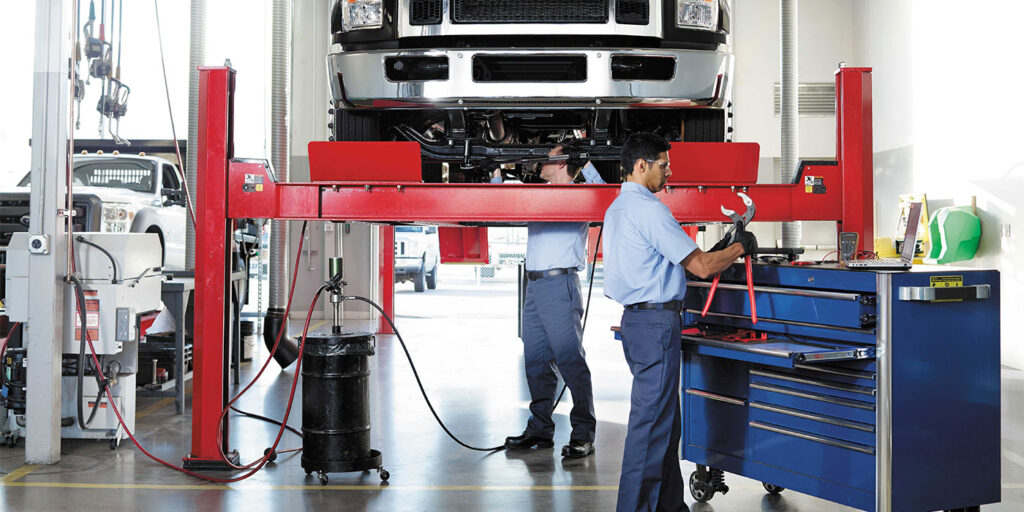
Isuzu always recommends referring to the owner’s manual for the proper needs of the vehicle, noted Brian Tabel. “We also train dealers and our larger fleet customers on service and parts. Our dealers and large customer have tools to communicate with our trucks as well and be able to look at any active or stored fault codes.”
All Ford Pro vehicles, pointed out Joe Ryan, are equipped with modems that can connect with Ford Pro Telematics Essentials. The web application shows fleet managers the health and status of every vehicle so they can stay ahead of unexpected repair costs and unwanted downtime by knowing exactly when one of their units is due for maintenance and schedule them accordingly. The free product includes vehicle health alerts, planned maintenance tracking and dealer scheduling capability.
Ford, which has more than 650 Commercial Vehicle Center dealers with specially trained technicians and extended hours as well as mobile service vans to perform maintenance and light repairs at customer facilities, offers the Ford Pro Maintenance program. The nationally priced Maintenance & Light Repair services offered cover air conditioning systems, air filter replacement, alignments, automatic transmissions, battery and electrical systems, brakes, cooling systems, lube/oil/filter, PID and Y-harness installation, tires, wheel bearing repacks and windshield wipers.
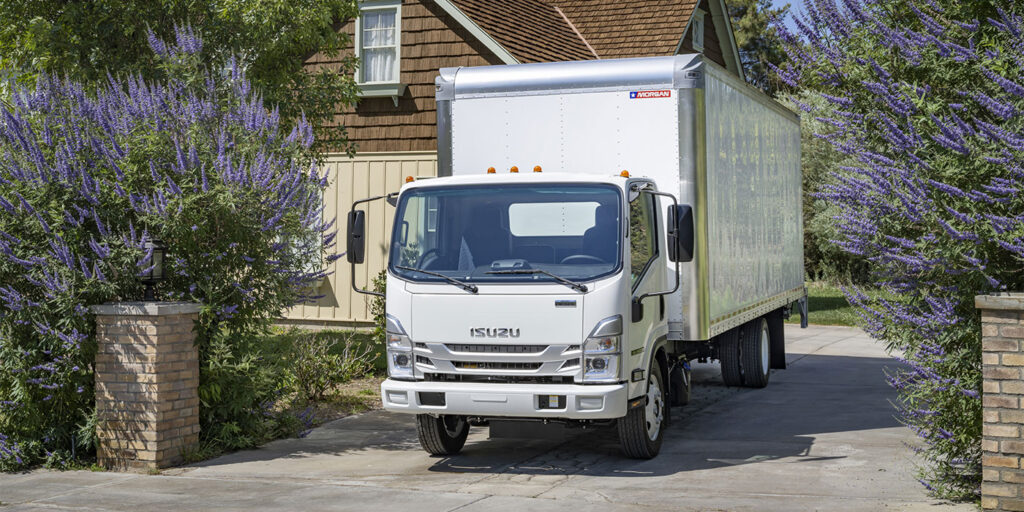
Isuzu programs, related Brian Tabel, include quarterly offerings for different maintenance items, typically in the time of the year they would need to be changed. For example, there’s a wiper replacement program during the springtime. The manufacturer also has programs to help dealers recondition trucks. For example, because the driver’s seat takes the biggest beating there is a program to replace the seat at a special price.
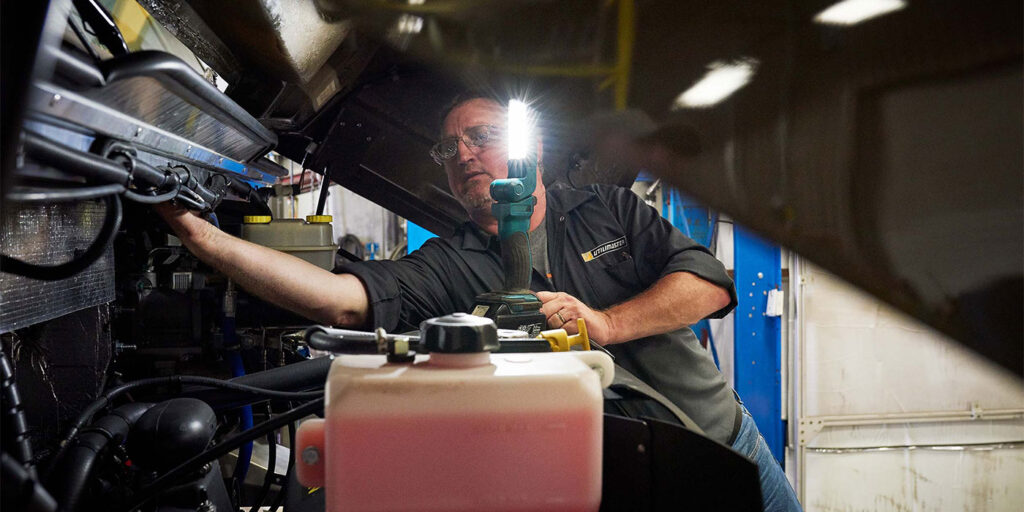
“Effective last mile delivery vehicle maintenance begins with a process to understand customer demands and design solutions that limit maintenance needs,” said Grant Hilliard. “Programs that complete work at fleet facilities during overnight hours, including mobile maintenance trucks that allow vehicles to be maintained on site, reduce downtime. It’s also important to have a technical support line for answering questions and troubleshooting issues.”
Across the board, manufacturers said, a proactive approach is the way to ensure that last mile delivery vehicles remain on the road operating safely and efficiently.

